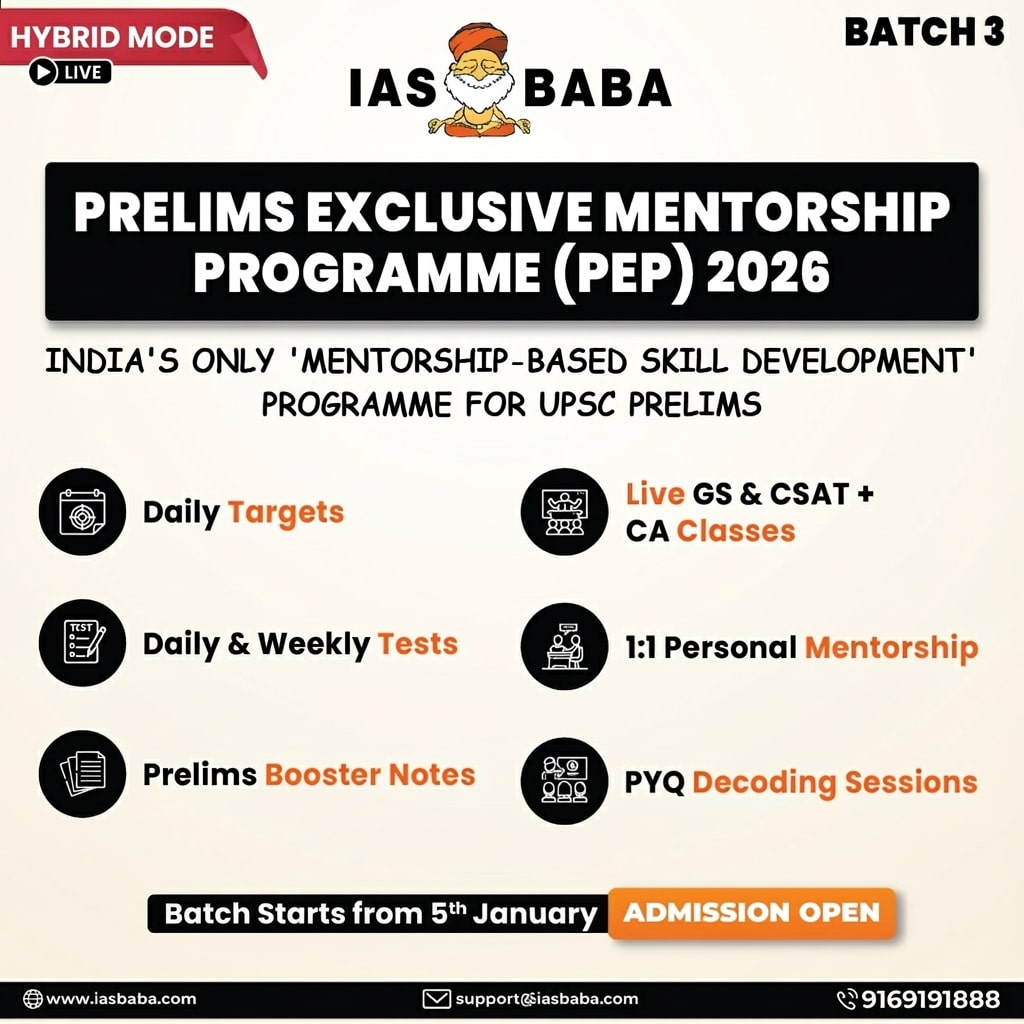Indian History & Post-Independence, TLP-UPSC Mains Answer Writing
Q.4. “The 1940s witnessed unprecedented political turbulence, mass upheaval, and shifting colonial responses — all of which hastened the end of British rule.” Analyse. (250 words, 15Marks)
Introduction
During the Gandhian era, regional struggles gave grassroots energy to the freedom movement. While many followed Congress’ methods, others charted their own paths, creating both synergy and tension within the nationalist framework.
Body
How regional struggles contributed to the freedom movement
- Mass mobilisation: Regional agitations connected ordinary people to the freedom cause. Example: Bardoli Satyagraha united peasants in Gujarat under a disciplined protest.
- Focus on local issues: Movements addressed day-to-day grievances under colonial rule. Example: Eka Movement in UP fought against unfair rent and moneylenders.
- Strengthening Gandhian methods: Many adopted non-violence, boycott, and satyagraha. Example: Salt Satyagraha in coastal areas like Tamil Nadu and Orissa used local participation.
- Emergence of grassroots leaders: Regional figures inspired political consciousness. Example: Alluri Sitarama Raju became a symbol of tribal resistance in Andhra.
- Cultural integration: Use of songs, theatre, and local dialects deepened national appeal. Example: Assamese and Kannada songs turned freedom into a cultural movement.
- Resistance during national pauses: Local struggles maintained pressure between major campaigns. Example: Peasant unrest in Bihar and Bengal between Civil Disobedience phases.
Alignment with Congress strategy
- Shared non-violent principles: Most movements followed Gandhi’s peaceful approach. Example: Awadh’s no-tax campaigns under Baba Ramchandra echoed Congress goals.
- Broadened Congress outreach: Regional activism extended Congress’ rural and tribal base. Example: Champaran Satyagraha introduced Congress to peasant concerns.
- 3. Support during national calls: Regions responded enthusiastically to Gandhi’s mass movements. Example: Kerala and Maharashtra saw widespread participation in Quit India (1942).
Divergence from Congress strategy
- Tendency towards violence: Some regional protests turned militant, clashing with Gandhian ideals. Example: Chauri Chaura incident led Gandhi to halt the Non-Cooperation Movement.
- Independent ideological paths: Groups like Kisan Sabhas pursued class-based struggle. Example: Bihar’s Kisan Sabha focused more on land reforms than Congress agendas.
- Tensions with central leadership: Regional leaders sometimes acted without Congress consent. Example: Telangana revolt had communist overtones that unsettled Congress leaders.
Conclusion
Regional struggles during the Gandhian phase were both allies and challengers to Congress. While they fuelled the mass movement and rooted it in reality, their divergence at times showed the complexity of uniting India under one nationalist vision.














